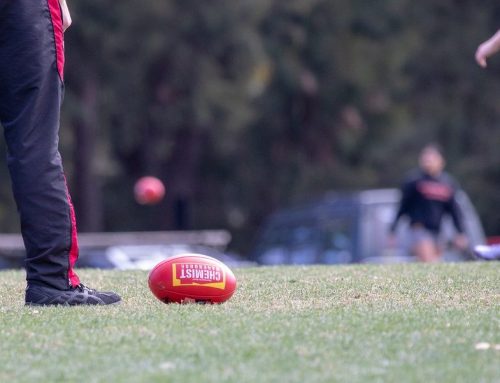Earlier this year, Sarah was referred to me for ongoing neck and shoulder pain that had intensified following neck surgery in 2013. Sarah had suffered whiplash and a broken nose following a fall in 2012. Severe pain through her neck, shoulder and arm had ensued.
As her surgery had not helped to relieve her pain, Sarah became depressed and extremely anxious about the possibility of having to endure this pain for the rest of her life. During this time, she also experienced other challenges in her life that contributed greatly to these emotions and heightened her pain further.
Sarah was receiving counseling to support her emotionally and physiotherapy for her physical pain. Her physio referred her to me in order to help her desensitize her symptoms following this period of chronic pain.
When I first met Sarah, she looked very tired and I noticed that she had quite a prominent jaw. As I took her history, I also noted that she continued to clench her jaw, especially when recounting the frustrating time following her surgery. As part of my history, I asked Sarah if she had noticed she was clenching or grinding her teeth, which she hadn’t. And yet, here she was clenching quite obviously throughout our session together.
I spoke to her about my observations and she admitted that she could feel tight around the jaw, especially when she felt stressed, but it seemed insignificant compared to the rest of her pain.
The jaw and neck are anatomically very closely linked and tightness and load through our jaw can impact function and pain in our neck. When I tested Sarah’s neck range of movement we are able to then reassess it reducing the involvement of the jaw in her movement. In doing so, I found that she was able to gain much more pain-free range of movement through her neck with less jaw connection.
I also found that by slightly altering Sarah’s ‘anxiety breathing mechanics’, which are driven by the muscles in the neck and shoulders and have her breathe from her diaphragm, we could again decrease her pain through her neck range.
It seemed that the stress and anxiety that had developed due to Sarah’s initial pain had then resulted in poor breathing mechanics and a habit of clenching her jaw (of which she is now very aware of!) and these have actually then continued to contribute to her overall pain experience. This then results in further anxiety, hence poor breathing mechanics and clenching….pain….a vicious cycle.
Sarah is certainly feeling less pain day to day. She has started implementing diaphragmatic breathing techniques whilst meditating and due to her new-found awareness, she has reduced her jaw clenching and actually uses it as an indicator for stress. Sarah has said that to have this ‘indicator’ helps to acknowledge her stresses or triggers immediately and at the very least reduce their impact on her physical body and pain.
Liz Astling – Elite Myotherapist







